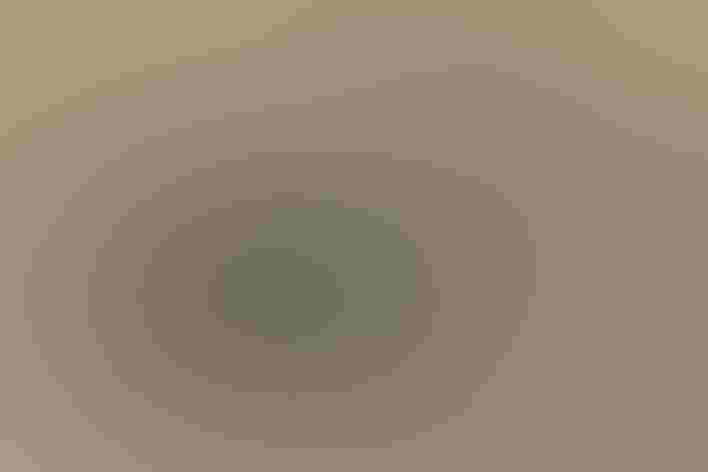Gambel’s Quail
At a Glance
The Sonoran desert is home to this distinctive bird. Gambel's Quail is often abundant near desert streams and waterholes, with coveys walking to the water in the morning and evening, giving a variety of clucking and crowing notes. As cities have grown in the desert southwest, these birds have adapted to life in the surrounding suburbs, coming into back yards to eat grain scattered for them. At night, coveys of Gambel's Quail roost in bushes or low trees.
All bird guide text and rangemaps adapted from by Kenn Kaufman漏 1996, used by permission of Houghton Mifflin Harcourt Publishing Company. All rights reserved.
Category
New World Quail, Upland Ground Birds
IUCN Status
Least Concern
Habitat
Arroyos and Canyons, Desert and Arid Habitats, Fields, Meadows, and Grasslands, Shrublands, Savannas, and Thickets, Urban and Suburban Habitats
Region
California, Rocky Mountains, Southwest, Texas
Behavior
Flushes, Running
Population
5.800.000
Range & Identification
Migration & Range Maps
Permanent resident throughout its range.
Description
10-11 1/2" (25-29 cm). Curving topknot, white stripes on chestnut-red sides. Male has reddish cap, black patch in center of yellow belly. Female is redder on sides than female California Quail, with less scaly pattern on belly.
Size
About the size of a Crow, About the size of a Robin
Color
Black, Brown, Gray, Red, Tan, White
Wing Shape
Fingered, Rounded, Short
Tail Shape
Rounded, Short, Square-tipped
Songs and Calls
A ringing puk-kwaw-cah, with second syllable highest in pitch.
Call Pattern
Flat, Undulating
Call Type
Raucous, Scream
Habitat
Brushy desert, canyons. May be in very dry country, but concentrates near sources of water. Favors typical Sonoran desert, with open ground and wide variety of shrubs, low trees, and cactus; often around mesquite thickets. Avoids unbroken grassland with no shrubs. May be common in open suburbs where some land is left undeveloped.
Sign up for 爆料公社's newsletter to learn more about birds like the Gambel's Quail
Behavior
Eggs
10-12, sometimes more. Dull white to pale buff, rather heavily marked with brown. Two females sometimes lay eggs in one nest. Incubation is by female only, 21-24 days.
Young
Downy young leave nest within a day after hatching, and follow parents. Both parents tend young and lead them to food sources, but young feed themselves. Young can fly short distances at age of 10 days but are not full grown until later. One brood per year, two in years with good food supply.
Feeding Behavior
Forages in flocks from late summer to early spring. Does most feeding on ground, but readily goes up into shrubs and low trees for berries, leaves, buds.
Diet
Mostly seeds, leaves, berries. Adults apparently are mostly vegetarians at most seasons. They eat many fresh plant shoots, leaves, and buds, especially during spring. Cactus fruits and the berries of mistletoe, hackberry, and other plants are eaten when available. Seeds are important in the diet at all times. Usually few insects are eaten, although young birds may eat more.
Nesting
In breeding season, male gives clear descending note from high perch. Mated pairs spend much time exploring territory, apparently prospecting for good nest sites. Nest site is usually on ground, in shade of shrub or grass clump; sometimes above ground on stump or on old nest of thrasher or roadrunner. Typical ground nest (probably built by female) is shallow depression lined with grass, leaves, twigs.
Climate Vulnerability
Conservation Status
Local populations rise and fall, apparently reproducing poorly in very dry years. Overall population seems stable.
Climate Threats Facing the Gambel's Quail
Choose a temperature scenario below to see which threats will affect this species as warming increases. The same climate change-driven threats that put birds at risk will affect other wildlife and people, too.














